Home

Male Infertility

Sperm Cramps: Debunking Myths and Shedding Light on the Facts
In this Article
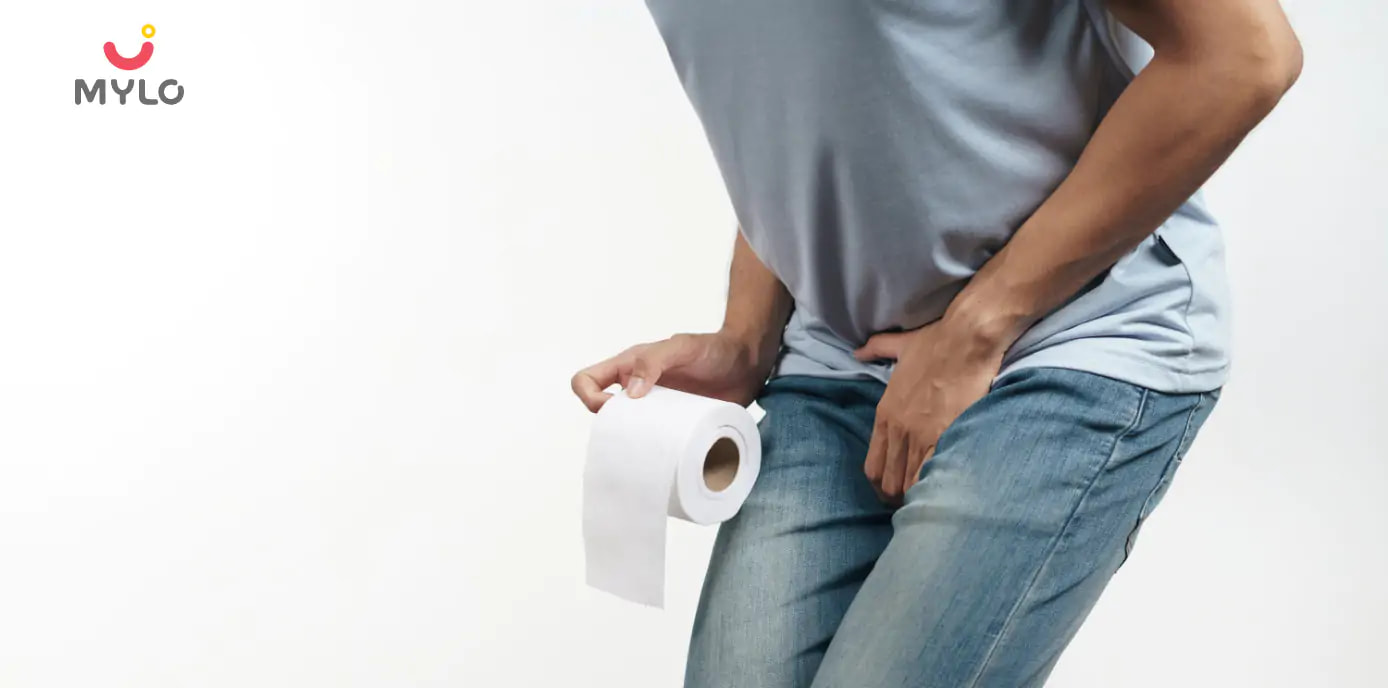
Male Infertility
Sperm Cramps: Debunking Myths and Shedding Light on the Facts
Updated on 4 October 2023
In a realm where myths and misconceptions can take on a life of their own, the phenomenon of sperm cramps has, until now, remained relatively untouched by scientific inquiry. Is it just another urban legend or a bizarre medical phenomenon? If you too are intrigued, then join us in our exploration of what is sperm cramps, their causes, symptoms and the truth behind the myths related to them.
Sperm Cramps Meaning
Let us understand what are sperm cramps. Sperm cramps, also known as testicular cramps or testicular pain, refer to the discomfort or pain experienced in the testicles or the surrounding areas. While the term may imply a direct association with sperm, it is essential to note that the pain is not caused by the movement of sperm itself. Rather, it is often a result of various underlying factors that affect the testicles or the reproductive system.
Causes
There are several potential causes of sperm cramp, let us take a look at them one by one:
1. Testicular torsion
One common cause is testicular torsion, which occurs when the spermatic cord twists, cutting off blood supply to the testicles. This condition requires immediate medical attention to prevent permanent damage.
2. Epididymitis
Epididymitis, which is the inflammation of the epididymis, a tube that stores and carries sperm can also sometimes lead to sperm pain or cramps.
3. Varicocele
Varicocele, which is the enlargement of veins within the scrotum, can also be a factor responsible for pain or discomfort felt around the testicles.
4. Underlying infection
In some cases, sperm cramps in men can be a symptom of an underlying infection, such as urinary tract infection or sexually transmitted infections like gonorrhea or chlamydia.
5. Testicular injury
Trauma or injury to the testicles, such as from sports-related accidents or vigorous sexual activity, can also lead to sperm cramps male.
It is important to consult a healthcare professional for a proper diagnosis and treatment.
You may also like: Low Sperm Count Signs You Should Never Ignore
Symptoms and Signs
Sperm cramps in men can manifest in various ways, and the symptoms may vary depending on the underlying cause. Common signs include:
1. Testicular pain or discomfort
This can range from a dull ache to sharp, intense pain in the testicles or the surrounding areas.
2. Swelling or inflammation
The affected area may appear red, swollen, or tender to the touch.
3. Pain during urination or ejaculation
Some individuals may experience pain or discomfort ejaculating or urinating.
4. Abdominal or groin pain
The pain may radiate from the testicles to the lower abdomen or groin region.
5. Changes in testicle appearance
In some cases, the affected testicle may appear larger or smaller than usual.
It is important to note that these symptoms may also be indicative of other medical conditions, so it is crucial to seek medical advice for an accurate diagnosis.
You may also like: Sperm Motility and Male Fertility: What You Need to Know
Common Myths About Sperm Cramps and Their Truth
Since there is little knowledge about what is sperm cramps, this condition has attracted many myths and misconceptions. Let us debunk 5 of the most common myths surrounding this condition:
Myth 1: Sperm cramps are caused by excessive sexual activity.
Truth: While vigorous sexual activity can lead to temporary discomfort or soreness in the testicles, it is not a direct cause of sperm pain. The pain experienced during or after sexual activity is often due to inflammation or injury to the testicles, which requires medical attention.
Myth 2: Sperm cramps only affect older men.
Truth: Sperm cramp can affect individuals of all ages, including adolescents and young adults. The underlying causes may differ, but age alone is not a determining factor.
Myth 3: Sperm cramps always indicate a serious medical condition.
Truth: While sperm cramps can be a symptom of serious conditions such as testicular torsion or epididymitis, they can also be caused by less severe factors like muscle strain or minor infections. It is crucial to consult a healthcare professional for an accurate diagnosis and appropriate treatment.
Myth 4: Sperm cramps are a sign of infertility.
Truth: Sperm cramps, in and of themselves, do not directly affect fertility. However, underlying conditions that cause sperm cramps, such as testicular torsion or infections, may impact fertility. It is important to address the underlying cause to ensure optimal reproductive health.
Myth 5: Sperm cramps can be treated with over-the-counter pain medication.
Truth: While over-the-counter pain medication may provide temporary relief for mild cases of sperm cramps, it is not a substitute for proper medical evaluation and treatment. It is essential to consult a healthcare professional to determine the underlying cause and receive appropriate care.
You may also like: Do Antibiotics Affect Fertility: Debunking Common Myths and Misconceptions
How to Relieve Sperm Cramps?
The methods for relieving cramps vary depending on the underlying cause. Here are some general strategies that may help alleviate discomfort:
1. Rest and elevation
If the sperm pain is a result of testicular trauma or injury, resting and elevating the affected area can help reduce swelling and relieve pain.
2. Applying cold or warm compresses
Applying a cold pack or a warm compress to the affected area can help reduce inflammation and provide temporary relief.
3. Pain medication
Over-the-counter pain relievers, such as acetaminophen or ibuprofen, may help alleviate mild to moderate pain. However, it is important to follow the recommended dosage and consult a healthcare professional if the pain persists or worsens.
4. Supportive underwear
Wearing supportive underwear, such as briefs or athletic supporters, can provide additional comfort and reduce testicular movement, especially during physical activity.
5. Avoiding triggers
If certain activities or positions exacerbate the pain, it is advisable to avoid them until the discomfort subsides.
You may also like: Testicular Ultrasound: What You Need to Know About the Procedure and Its Benefits
It is important to note that these methods are not a substitute for medical advice. If the pain persists or is accompanied by other concerning symptoms, it is crucial to seek medical attention.
How to Prevent Sperm Cramps?
While it may not be possible to prevent all instances of sperm cramps, there are steps individuals can take to reduce the risk. Some preventive measures include:
1. Wearing protective equipment
Using appropriate protective gear, such as athletic cups or compression shorts, during sports or physical activities can help minimize the risk of testicular trauma.
2. Practicing safe sex
Using barrier methods, such as condoms, can help reduce the risk of sexually transmitted infections that can lead to cramps.
3. Regular self-examinations
Performing regular testicular self-examinations can help individuals detect any abnormalities or changes in the testicles early on, allowing for prompt medical attention if necessary.
4. Maintaining good genital hygiene
Practicing good hygiene, including regular washing and drying of the genital area, can help prevent infections that may contribute to sperm cramp.
When to See a Doctor
While mild testicular discomfort or soreness may not require immediate medical attention, it is important to consult a healthcare professional if any of the following occur:
-
Severe or worsening pain that persists for more than a few days.
-
Swelling, redness, or tenderness in the testicles that does not improve with self-care measures.
-
Pain during urination or ejaculation.
-
Changes in testicle appearance or size.
-
Fever or other signs of infection.
A healthcare professional can properly diagnose the underlying cause of the sperm cramps and recommend appropriate treatment.
You may also like: Burning Sensation After Sex: What Could It Mean
FAQs
1. How long do sperm cramps last?
The duration can vary depending on the underlying cause and individual factors. In some cases, the discomfort may subside with rest and self-care measures within a few days.
2. Where do sperm cramps hurt?
Sperm cramp typically occurs in the testicles or the surrounding areas. The sperm pain may be localized or radiate to the lower abdomen or groin region.
3. Can sperm cramps affect fertility?
No, they do not directly affect fertility. However, underlying conditions that cause sperm cramps, such as testicular torsion or infections, may impact fertility.
You may also like: Disadvantages of Releasing Sperm Daily: Debunking Common Myths
The Bottomline
Sperm cramps, though often misunderstood, can be a source of discomfort and concern for individuals. Understanding the sperm cramps meaning, causes, and symptoms is crucial for proper diagnosis and treatment. Whether it's seeking medical attention, adopting preventive measures, or knowing when to consult a healthcare professional, individuals can now make informed decisions regarding their reproductive health.
References
1. Velasquez J, Boniface MP, Mohseni M. Acute Scrotum Pain. (2023). In: StatPearls [Internet]. Treasure Island (FL): StatPearls Publishing
2. Leslie SW, Sajjad H, Siref LE. Chronic Testicular Pain and Orchalgia. (2023). In: StatPearls [Internet]. Treasure Island (FL): StatPearls Publishing



Written by
Anupama Chadha
Anupama Chadha, born and raised in Delhi is a content writer who has written extensively for industries such as HR, Healthcare, Finance, Retail and Tech.
Read MoreGet baby's diet chart, and growth tips

Related Articles
Related Questions
Hello frnds..still no pain...doctor said head fix nhi hua hai..bt vagina me pain hai aur back pain bhi... anyone having same issues??

Kon kon c chije aisi hai jo pregnancy mei gas acidity jalan karti hain... Koi btayega plz bcz mujhe aksar khane ke baad hi samagh aata hai ki is chij se gas acidity jalan ho gyi hai. Please share your knowledge

I am 13 week pregnancy. Anyone having Storione-xt tablet. It better to have morning or night ???

Hlo to be moms....i hv a query...in my 9.5 wk i feel body joint pain like in ankle, knee, wrist, shoulder, toes....pain intensity is high...i cnt sleep....what should i do pls help....cn i cosult my doc.

Influenza and boostrix injection kisiko laga hai kya 8 month pregnancy me and q lagta hai ye plz reply me

Related Topics
RECENTLY PUBLISHED ARTICLES
our most recent articles

Diet & Nutrition
Bitter Gourd During Pregnancy: Benefits and Precautions You Should Know

First Period After Failed IVF Cycle: What to Expect and How to Cope
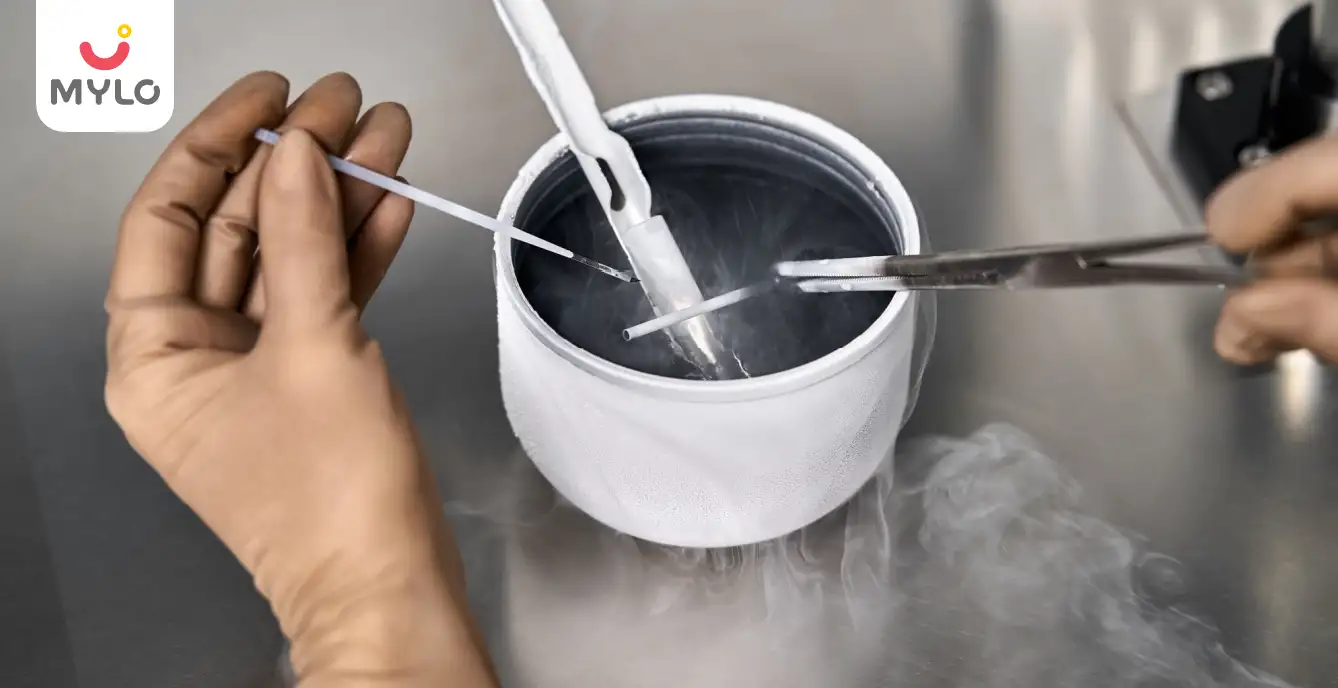
Fertility
Freezing Eggs: The Pros and Cons of Preserving Your Fertility
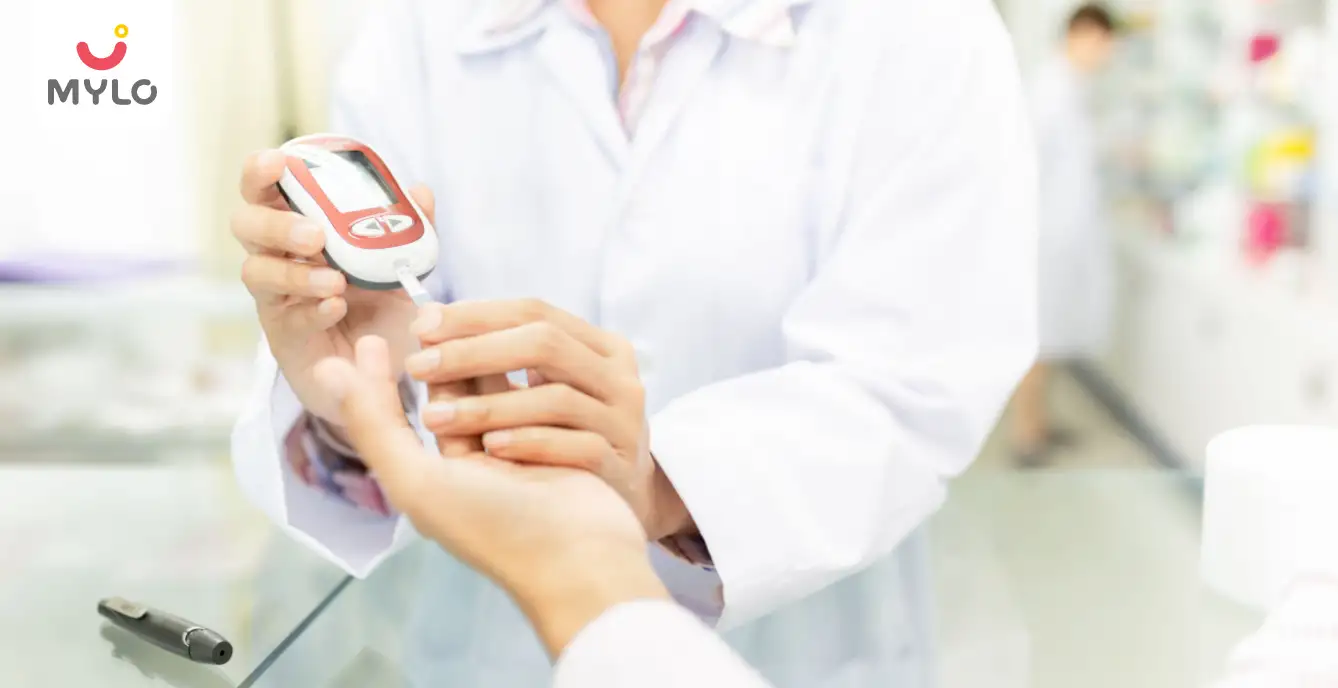
Fertility Problems
Can a Diabetic Woman Get Pregnant: Exploring the Facts and Myths
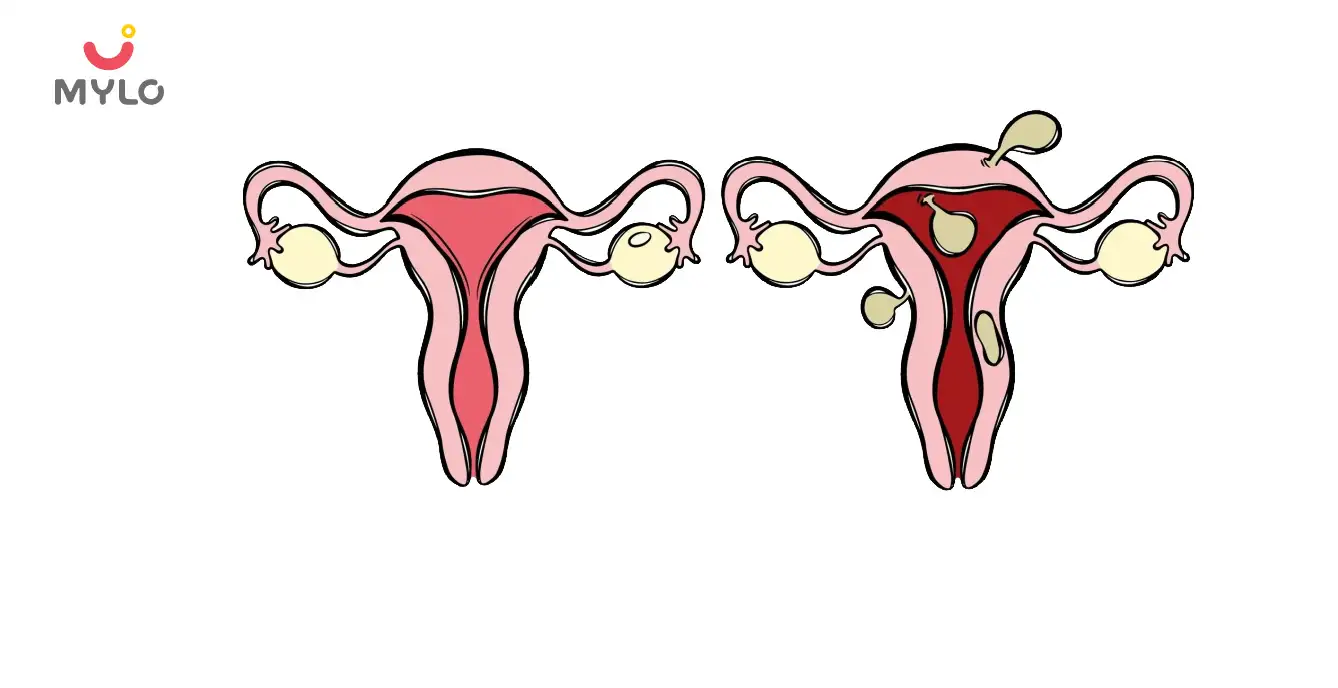
Women Specific Issues
Bulky Uterus with Fibroids: Understanding Causes, Symptoms, and Treatment Options
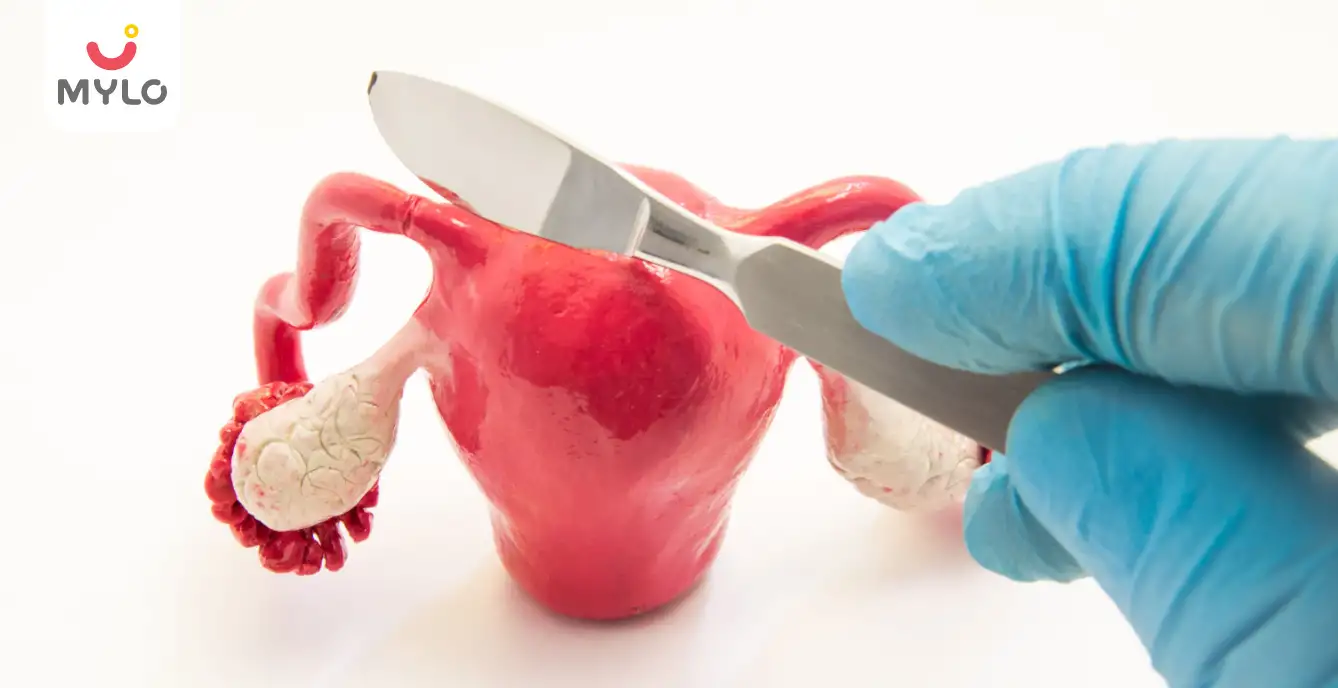
Medical Procedures
Tubal Recanalization: How This Procedure Can Help Restore Your Fertility
- Are FSH (Urofollitropin) Injections an Effective and Safe Fertility Treatment For You?
- The Ultimate Guide to Choosing a Baby Massage Oil for Summer
- The Ultimate Guide to Understanding a Follicle Size Growth Chart
- Fruits for PCOS: Your Guide to Making Healthy Choices
- Is Milk Good for PCOS: Exploring the Dairy Dilemma
- The Ultimate Guide to Using Ashokarishta for PCOS
- PCOS Pain: The Ultimate Guide to Causes and Effective Management
- 10 Best Mystery Books to Read in 2023
- 10 Best Non-Fiction Books to Read in 2023
- Is Ghee Good for PCOS: The Ultimate Guide to Benefits and Ways to Consume
- Is Curd Good for PCOS: The Ultimate Guide to Debunking Myths and Discovering Benefits
- Dark Chocolate for PCOS: Unlocking the Potential of a Guilt-Free Indulgence
- Beetroot for PCOS: Discovering a Natural Approach to Managing Symptoms
- Soy for PCOS: Should You Eat it or Avoid It?


AWARDS AND RECOGNITION

Mylo wins Forbes D2C Disruptor award

Mylo wins The Economic Times Promising Brands 2022
AS SEEN IN
















- Mylo Care: Effective and science-backed personal care and wellness solutions for a joyful you.
- Mylo Baby: Science-backed, gentle and effective personal care & hygiene range for your little one.
- Mylo Community: Trusted and empathetic community of 10mn+ parents and experts.
Product Categories
baby carrier | baby soap | baby wipes | stretch marks cream | baby cream | baby shampoo | baby massage oil | baby hair oil | stretch marks oil | baby body wash | baby powder | baby lotion | diaper rash cream | newborn diapers | teether | baby kajal | baby diapers | cloth diapers |








